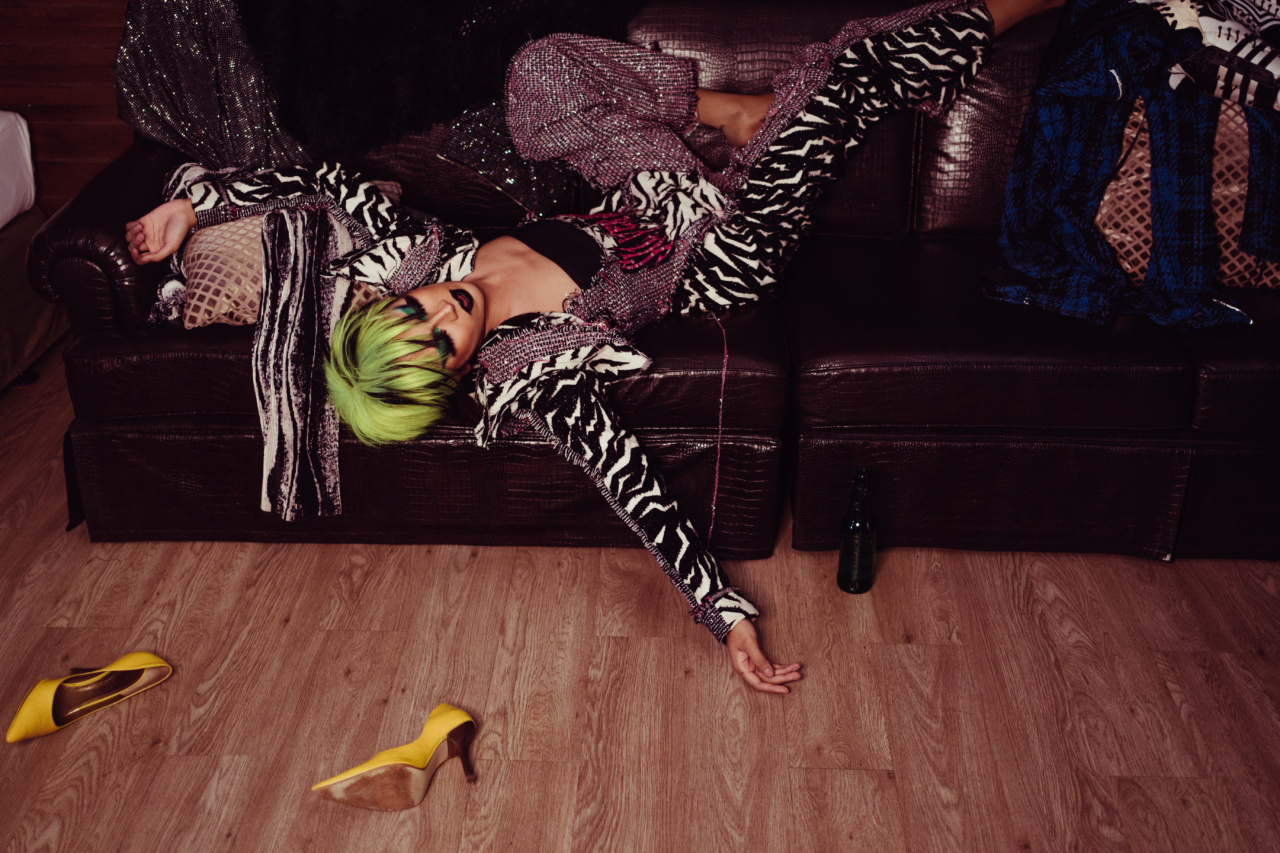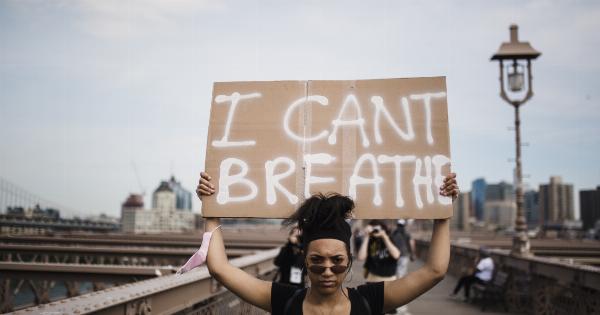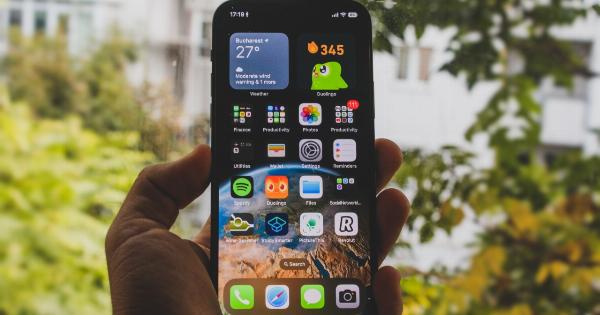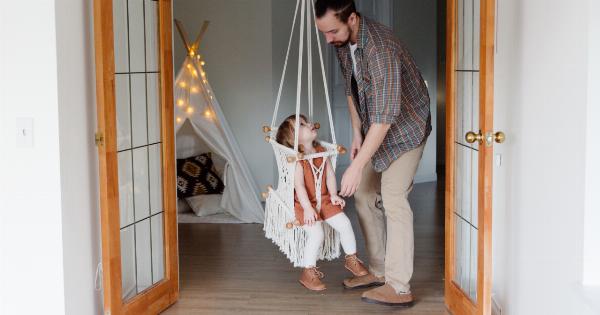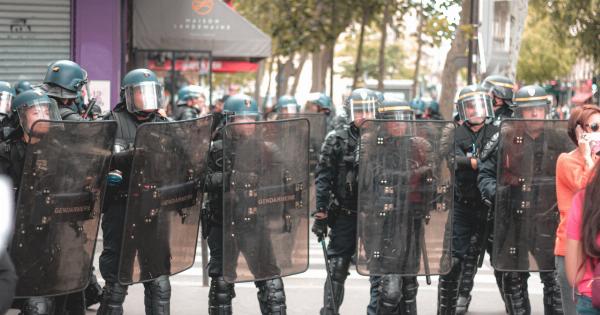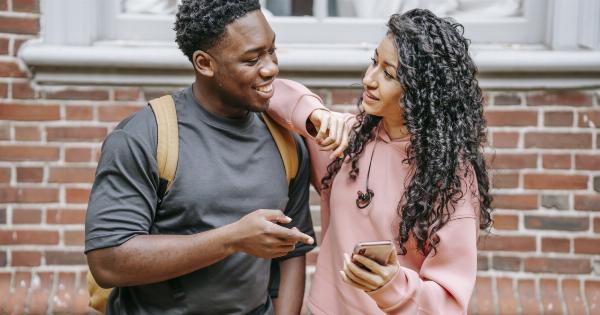Social media platforms have become central to our lives, shaping the way we communicate, express ourselves, and engage with the world. Twitter, in particular, has emerged as a powerful tool for sharing thoughts, news, and opinions.
However, this seemingly innocuous platform has not been devoid of controversy. Gender divide on Twitter has been a persistent issue, with inherent biases and disparities manifesting in various ways.
The Rise of Twitter and its Role in Society
Twitter was founded in 2006 and has since grown to become one of the most influential social media platforms worldwide. With its 280-character limit, Twitter encourages concision and brevity, driving users to express their thoughts succinctly.
It has become a hub for real-time news updates, trending discussions, and a means for public figures to directly engage with their audience.
The Gender Imbalance on Twitter
Despite Twitter’s broad user base, gender imbalance is a persistent issue that cannot be overlooked.
Numerous studies have shown that men tend to outnumber women on Twitter, which inevitably influences the dynamics of conversations on the platform. This gender disparity is a contributing factor to the Twitter wars we witness.
Twittersphere: A Battleground for Trolling and Harassment
One of the most distressing aspects of the Twitter wars is the pervasive culture of trolling and online harassment.
Women, in particular, often find themselves at the receiving end of gender-based attacks, including threats, abuse, and derogatory language. The anonymity afforded by Twitter emboldens individuals to engage in behavior they otherwise may not exhibit in face-to-face interactions.
The Amplification of Gender Bias and Stereotypes
Twitter amplifies existing gender biases and stereotypes. Women are often subjected to scrutiny and judgment based on their appearance, intelligence, or opinions.
Conversely, men tend to face a different set of judgments, often tied to concepts of masculinity such as dominance and aggression. These biases disproportionately affect women and hinder their ability to freely express themselves without fear of being undermined or invalidated.
Hashtag Activism: Empowering or Divisive?
Hashtags have become a powerful tool for activism and raising awareness on social media, including Twitter. Movements such as #MeToo and #BlackLivesMatter have gained momentum through hashtag activism.
However, the gender divide on Twitter often leads to conflicting hashtags and divisive conversations. These divisions can dilute the impact of important movements and hinder progress towards gender equality.
Intersectionality: Multiple Dimensions of Discrimination
The gender divide on Twitter intersects with other forms of discrimination, such as race, class, and sexuality. Women of color, LGBTQ+ individuals, and those from marginalized communities often face intersecting forms of discrimination.
This intersectionality further exacerbates the challenges they encounter on Twitter, making it harder for their voices to be heard and respected.
The Role of Male Allies in Bridging the Gender Divide
Men can play a crucial role in bridging the gender divide on Twitter. By using their privilege and platform, male allies can amplify women’s voices and challenge sexist behaviors and attitudes.
The active participation of men in dismantling gender biases is essential for fostering an inclusive Twitter community that values and respects all individuals, irrespective of gender.
Creating Safe Spaces: The Need for Twitter Policy Changes
Twitter’s policies and enforcement mechanisms have often come under scrutiny for their inadequacy in addressing online harassment and gender-based abuse.
The platform needs to strengthen its regulations, improve reporting mechanisms, and take swift action against perpetrators of harassment. By creating safe spaces, Twitter can work towards curbing the Twitter wars and fostering an environment where healthy discussions thrive.
Education and Empathy: Countering Gender Bias
Countering gender bias on Twitter requires concerted efforts to educate individuals about the impacts of their actions and foster empathy.
This can be achieved through awareness campaigns, workshops, and educational initiatives that highlight the experiences of marginalized genders. By fostering empathy and understanding, Twitter users can contribute to a more inclusive and equitable social media landscape.
Building a Gender-Inclusive Twitter Community
Achieving a gender-inclusive Twitter community necessitates collective efforts. Twitter should actively engage with communities, organizations, and activists working towards gender equality.
Collaborative initiatives, user feedback mechanisms, and ongoing dialogue can contribute to creating a platform that recognizes and rectifies its gender biases, ensuring equal opportunities and respect for all users.
Conclusion
The gender divide on Twitter is a complex issue that requires systemic changes, individual accountability, and a collective commitment to equality.
By addressing inherent biases, fostering empathy, and creating safe spaces, Twitter can evolve into a platform that amplifies diverse voices, promotes constructive discussions, and fosters a more inclusive online community.
